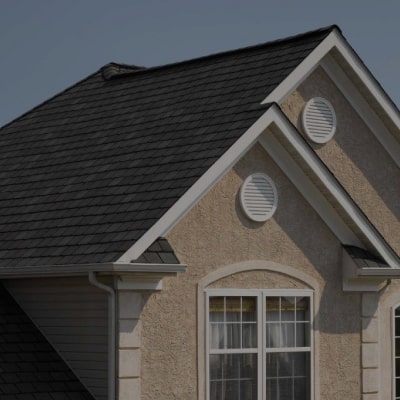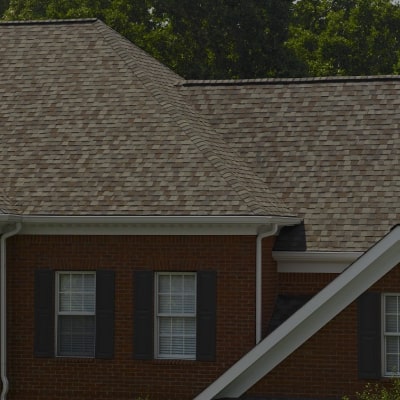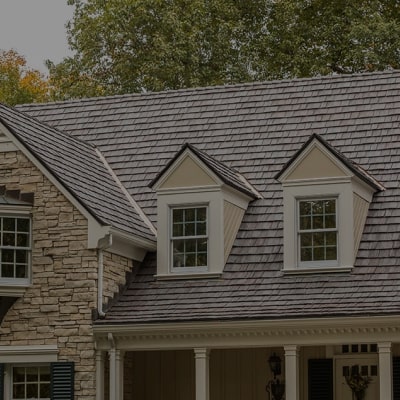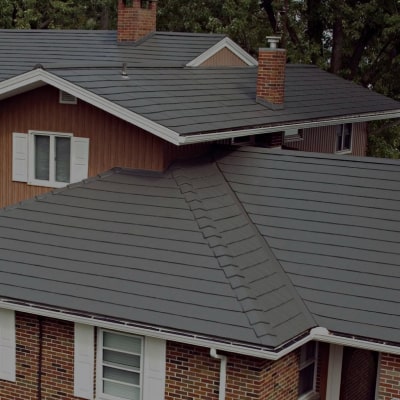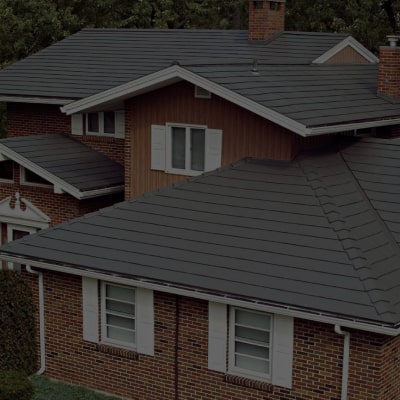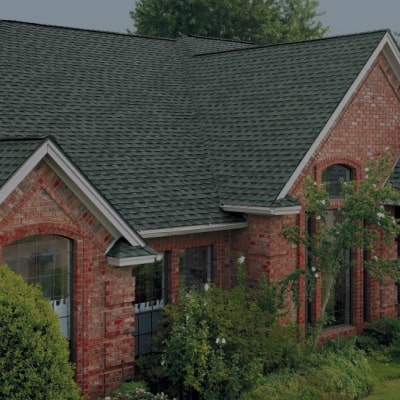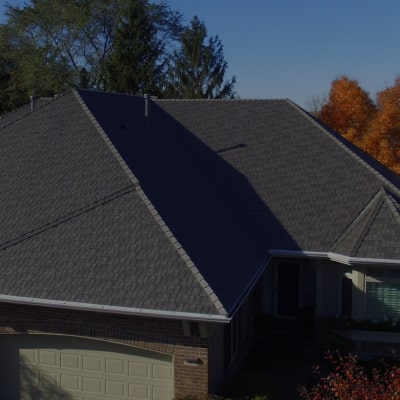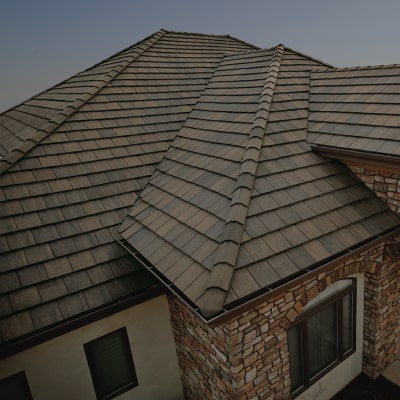
Shingle Roofing Contractor in McKinney, TX
Shingle Roofing
Shingle roofing is an excellent choice. The shingle options for both residential and commercial roofing projects are almost infinite when considering materials, shapes, textures, and colours. If you choose to install a shingle roof, the number of choices just might induce analysis paralysis!
Before you choose a roofing material, weigh your priorities:
- Which texture and colour would complement your building’s exterior aesthetic?
- What’s your budget for roofing materials and installation?
- Are you committed to choosing the most eco-friendly option?
- Are you willing to spend more money supporting your roof structure if you choose a heavy shingle material like tile?
- Create a shortlist of priorities, and find roofing products that meet your needs. If you feel lost, you can always consult our professional roofing contractor for help with design decisions, cost savings, and feasibility.
When it comes to composition, there are two different varieties: fibreglass and organic.
Fibreglass shingles are made up of the following layers:
- a woven fibreglass mat;
- a layer of waterproof asphalt coating;
- a top layer of ceramic granules, which protect from damaging UV rays.
Because of the presence of fibreglass, less asphalt is needed in the manufacturing process. As a result, you have a more light-weight, fire resistant and durable shingle.
Schedule a free quote
Organic Shingles
These are manufactured from recycled layers of felt paper, saturated in asphalt. They are then coated with adhesive asphalt along with embedded ceramic granules for extra protection. 40% more asphalt goes into the manufacturing of organic varieties than fibreglass ones. This means they are heavier, more costly and more harmful to the environment. Additionally, they don’t last very long, and are now nearly extinct.
In terms of design, there are three main roof shingle styles:
- 3-tab shingles, also known as ‘strip’. These are made of a single piece (layer) of material, and have two-cut outs on the exposed surface. Consequently, you get a three-tab, slate-like look.
- Laminate shingles, also known as “architectural”. They contain a second set of shingles on top of the first one to create the perception of 3D, while also adding more resistance. Architectural products are considered to be the best shingles for residential roofs, and homeowners buy these most frequently. They also come in premium varieties, and many lines resemble wood shake and heavy slate.
- Large – form shingles – either rectangular or horizontal, and with no tabs or cutouts.
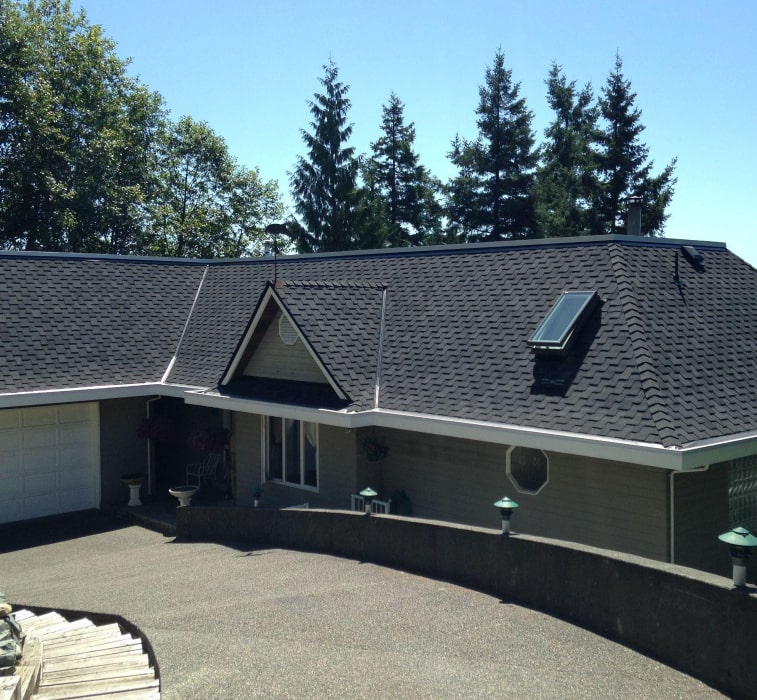
How long does a shingle roof last?
Typically, the least expensive system will be the most prone to damage from sun exposure, temperature changes, high winds, and storms. It may show damage 5-6 years or less after installation. It will also last the shortest amount of time, on average 10-12 years.
In general, shingle granules are applied to protect the product from sunlight, UV rays, and weather. When these granules start to wear off, the ageing process speeds up and leaks are more likely to occur.Granule loss can happen from a number of things: normal wear and tear, severe weather, such as hail storms, being walked on, mechanical damage, blistering, or from a manufacturing defect. Other factors affecting how long shingles last are: moss growth, lack of ventilation, and ice dams.
In general, shingle granules are applied to protect the product from sunlight, UV rays, and weather. When these granules start to wear off, the ageing process speeds up and leaks are more likely to occur.Granule loss can happen from a number of things: normal wear and tear, severe weather, such as hail storms, being walked on, mechanical damage, blistering, or from a manufacturing defect. Other factors affecting how long shingles last are: moss growth, lack of ventilation, and ice dams.
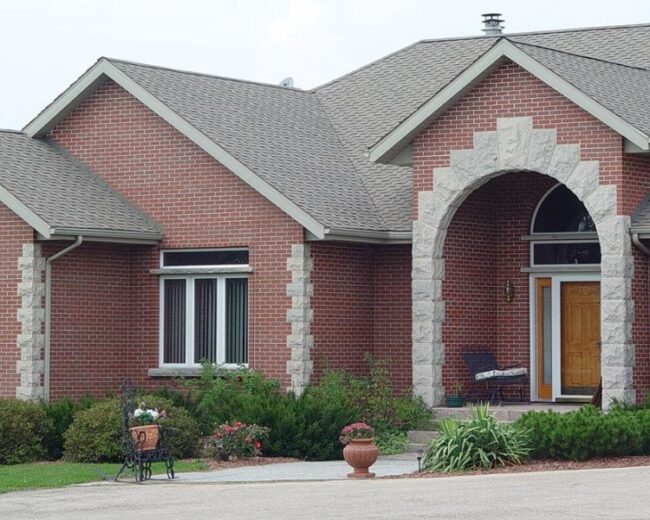
Roof ventilation
All types of shingles last longer with proper ventilation. Systems that are installed without proper ventilation will immediately lose their warranty. The most common and effective type of ventilation today is Ridge/Soffit vent combo. Soffit or eave vents are for the intake of fresh air, and ridge vent is for exhaust. A properly designed ventilation system should allow more air to enter than to escape. Other, less efficient venting systems include gable vents, static box and electric powered vents. Different types of ventilation should never be combined on the same roof. This is because different ventilations creates a short-circuit effect, when hot air circles around the attic space, but never leaves from the exhaust, thereby nullifying your ventilation. If you have attic insulation installed, make sure it does not block soffit air intakes. Otherwise, your ventilation will not work.
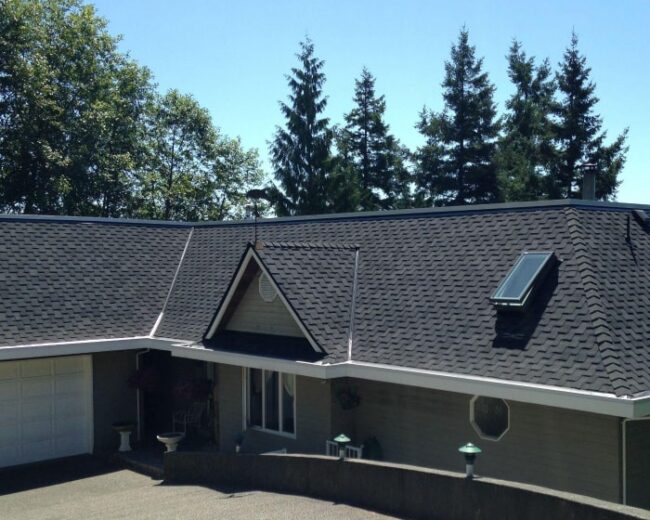
Shingles roof maintenance
Initially mistaken as mould or mildew, the black discoloration that occurs on asphalt roof shingles is actually the presence of algae. It formed because moisture was persistently present in the area.
Preventative maintenance for discouraging algae growth includes trimming tree branches to allow sunlight, removing debris regularly with a leaf blower, and making sure gutters are cleaned out, so rainwater drains.
Maintenance also involves a regular inspection of the area to look for curled or missing pieces and also any flashing that may have come loose or ripped out. It’s also wise to inspect any caulking to make sure it hasn’t rotted or been ripped away.
Preventative maintenance for discouraging algae growth includes trimming tree branches to allow sunlight, removing debris regularly with a leaf blower, and making sure gutters are cleaned out, so rainwater drains.
Maintenance also involves a regular inspection of the area to look for curled or missing pieces and also any flashing that may have come loose or ripped out. It’s also wise to inspect any caulking to make sure it hasn’t rotted or been ripped away.
Types of shingle roofing
Exploring the different materials used in shingle roofing is the first step to finding the perfect roofing product. Types of shingle roofing are:

